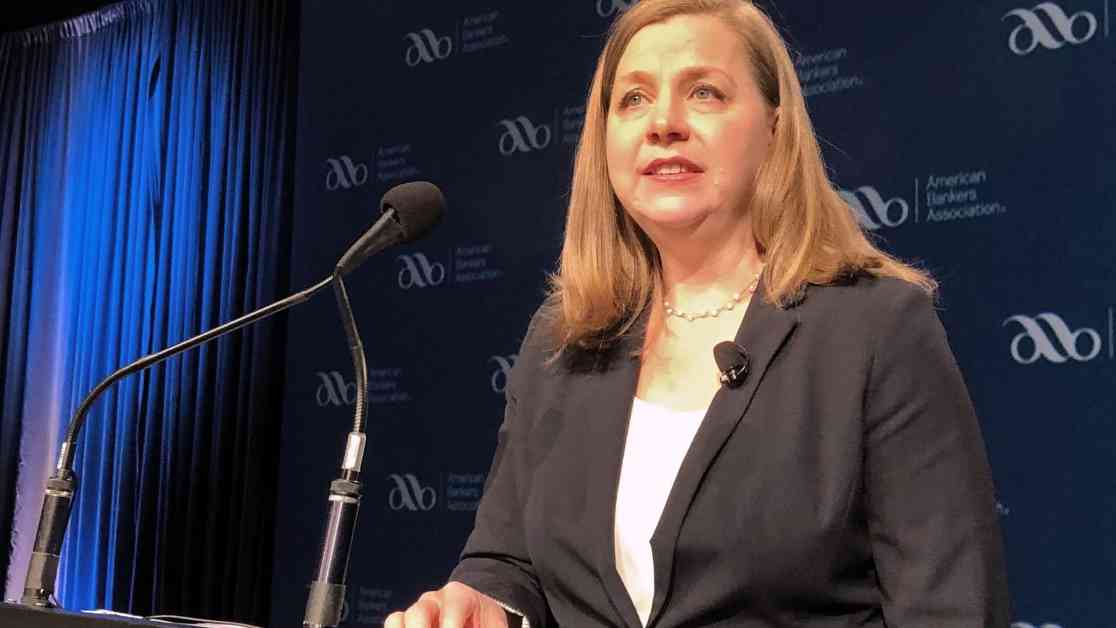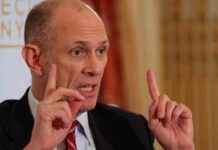Federal Reserve Bank Governor Michelle Bowman recently made her debut as a Federal policymaker at the American Bankers Association conference in San Diego, California, on February 11, 2019. In her public remarks, she expressed cautious optimism about the current state of monetary policy but emphasized the need for more concrete progress on inflation before considering any further interest rate cuts.
Bowman highlighted the importance of gaining greater confidence in the sustained decrease of inflation rates before making any significant adjustments to the target range. She acknowledged that despite some progress in lowering inflation, the pace has slowed down due to rising core goods prices since the previous spring. While she anticipates a continued deceleration of inflation throughout the year, she also warned that disinflation might linger longer than expected.
The Federal Reserve Governor underscored her concerns about maintaining price stability, particularly in the context of a robust labor market. She emphasized the need for a cautious approach to monetary policy in light of the prevailing economic conditions, suggesting that the current target rate range of 4.25% to 4.5% is appropriate for closely monitoring inflation data as it evolves.
Bowman’s remarks come on the heels of the most recent consumer price index report, which revealed a higher-than-anticipated inflation rate in January. The 0.5% month-over-month increase exceeded the Dow Jones estimate of 0.3%, pushing the annual inflation rate to 3%, surpassing consensus forecasts of 2.9%. This unexpected uptick in inflation has prompted a reevaluation of expectations for future interest rate cuts.
The Federal Reserve’s decision to maintain the target rate at its current level during the January policy meeting aligns with Bowman’s emphasis on patience and vigilance in response to evolving economic data. She suggested that the existing policy stance allows for a thorough assessment of economic indicators and a clearer understanding of the potential impact of the administration’s policies on the economy.
However, the specter of President Donald Trump’s ongoing trade war and its implications for the economy looms large over the Federal Reserve’s decision-making process. Economists have expressed concerns about the potential for higher prices resulting from Trump’s tariffs on major trading partners. The uncertainty surrounding trade policies has tempered expectations for future interest rate cuts, with traders now pricing in only a single quarter-percentage-point reduction this year, according to CME Group Data.
As the Federal Reserve continues to navigate a complex economic landscape marked by shifting inflation trends and geopolitical uncertainties, Governor Michelle Bowman’s measured approach underscores the importance of data-driven decision-making and a nuanced understanding of the factors shaping monetary policy. By prioritizing price stability and closely monitoring economic indicators, the Federal Reserve aims to strike a delicate balance between supporting growth and guarding against inflationary pressures.

















